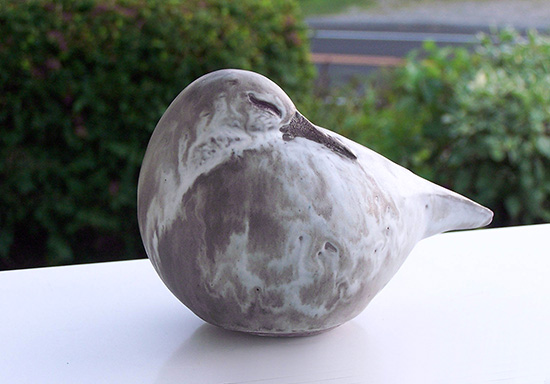#GivingTuesday is NOVEMBER 28- Please consider this:
A Tradition of Innovation
Today the concept of “public benefit ” is undergoing transformation with the introduction of the social enterprise. Social enterprises are defined as private enterprises, having a primary reason to exist for which their wealth creating function is the means to an end and not the end in itself. In an age when entitlement systems of every sort are overburdening governmental systems with ever escalating deficits, it is important to bring to life the stories of the free enterprise system which was the natural economic system emergent from the American political philosophy, when it was first formulated during colonial times.
The Andersen Design Museum of American Designer Craftsmen will bring such a history to light as it focuses not only on the exquisite and individualistic end products of Andersen Design and the greater American designer craftsmen movement. but also present educational shows and forums about the hand crafted making process in many disciplinary fields.
In 1952, Weston Neil Andersen resigned from as the Dean of the Akron Art Institute to start a ceramic production company because he loved making pottery more. It was the first step in a long tradition of taking the road less travelled. I have posted Dad’s 1952 statement to that effect on andersendesign.biz. You will also find the 1964 letter in which Dad is dealing with a circumstance which mirrors our own. He has expanded his production facility and is seeking capital for operations.
 |
| Sleeping Sandpiper by Elise Isabel Andersen 2016 |
Andersen Design (as distinct entity from the Museum) is the ceramic art, design and ceramic slip casting, free enterprise s-corporation, established by Weston and Brenda Andersen in 1952, the legacy inherited by my sister, Elise, and myself. Andersen Design established production as an art form in the early fifties, a decade before Andy Warhol invented the idea.
Our company has produced an unusually abundant quantity of classic and market proven ceramic slip cast designs in functional ware and wild life sculptures. With its founding philosophy of creating a hand-made product, affordable to the middle classes, Andersen Design was established on social enterprise terms, before the concept of social enterprises was articulated by Freer Spreckley in 1978.
- Andersen Design’s assets are the vintage work and intellectual property comprised of an unusually large inventory of ceramic slip cast designs, as well as the Andersen Design brand itself.
We are planning on launching a Kickstarter project to fund operations of our new ceramic slip casting studio, currently under construction. Our Kickstarter project is still in the planning stage, but we hope to launch it in a matter of weeks. Part of the planning process is to line up promises to pledge to the Kickstarter project on day one. If a Kickstarter project is successful, it must start with a great show of support on the first day. Please email us if you are able to commit to pledge on the first day of our KIckstarter fundraiser- or have another interest in supporting our Kickstarter project.
- We are also looking for video making talent to make the video for our Kisckstarter project, young talent looking for exposure will be considered.
Bob and June Rose will be The Andersen Design Museum of American Designer Craftsmen. June Rose is currently the manager of the Boothbay Region Art Foundation, which was founded in 1964 by a group which included my Dad. Both Bob and June are genuinely generous and good hearted.
We are seeking other board members with complimentary talent and a mutually compatible vision and philosophy.
Your donation to help us with the initial expenses of getting this Museum started will be greatly appreciated impetus at this crucial formative moment. Help us to get to $5000.00 in the next week!
It is our hopeful dream that the Andersen Design flagship location can be bought back from the bank and made into a historically preserved location for The Andersen Design Museum of American Designer Craftsmen, similar to what has been done with Russel Wrights former home,.(see Manitoga.org/ ). preserving the memory of a culture that seems to be receding from the Boothbay Peninsula to make way for the plans of new and well financed interest groups. That is, however, currently beyond the scope of current transitional needs.
Thank you for taking the time to read and consider our request for funding.



